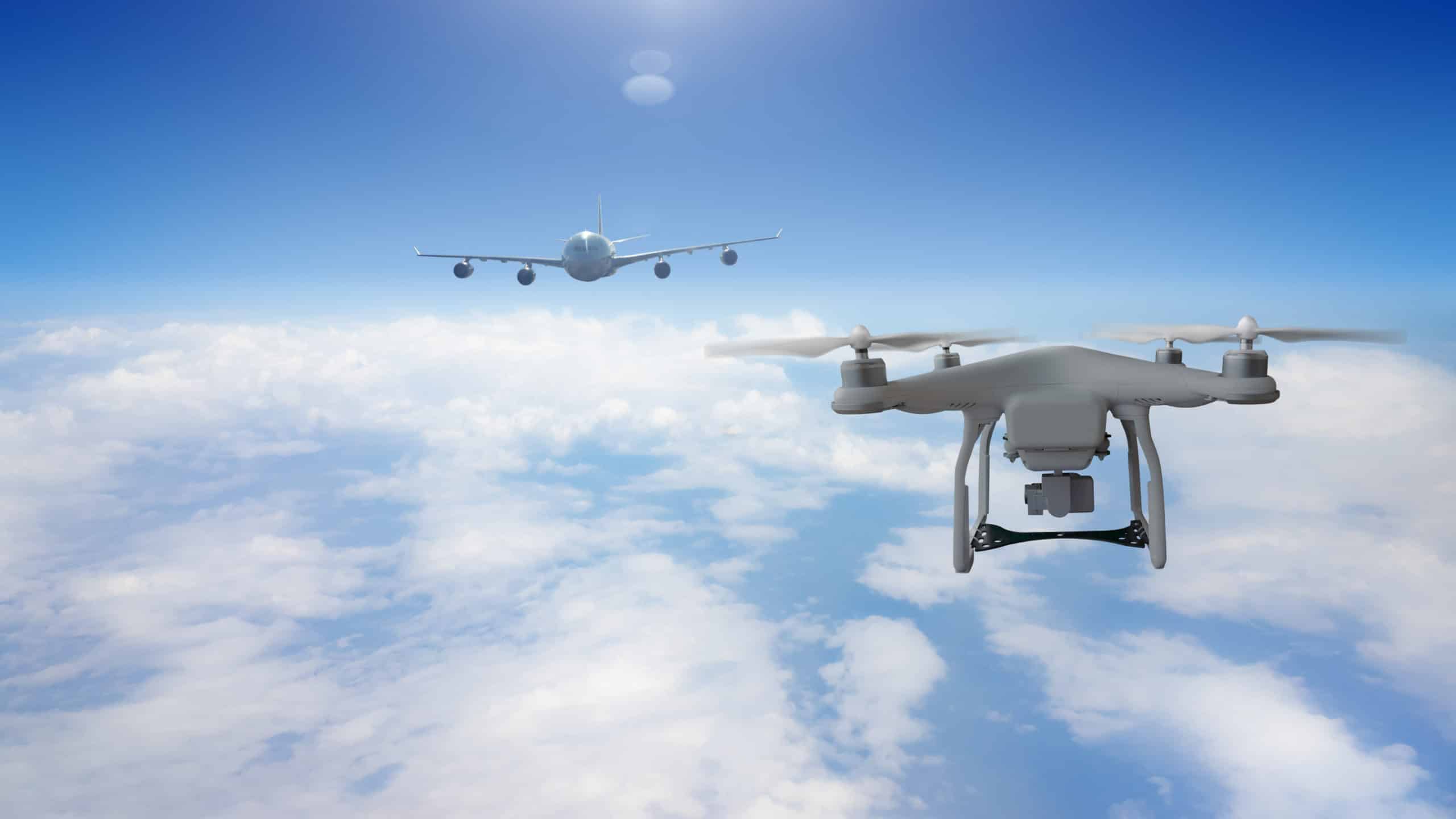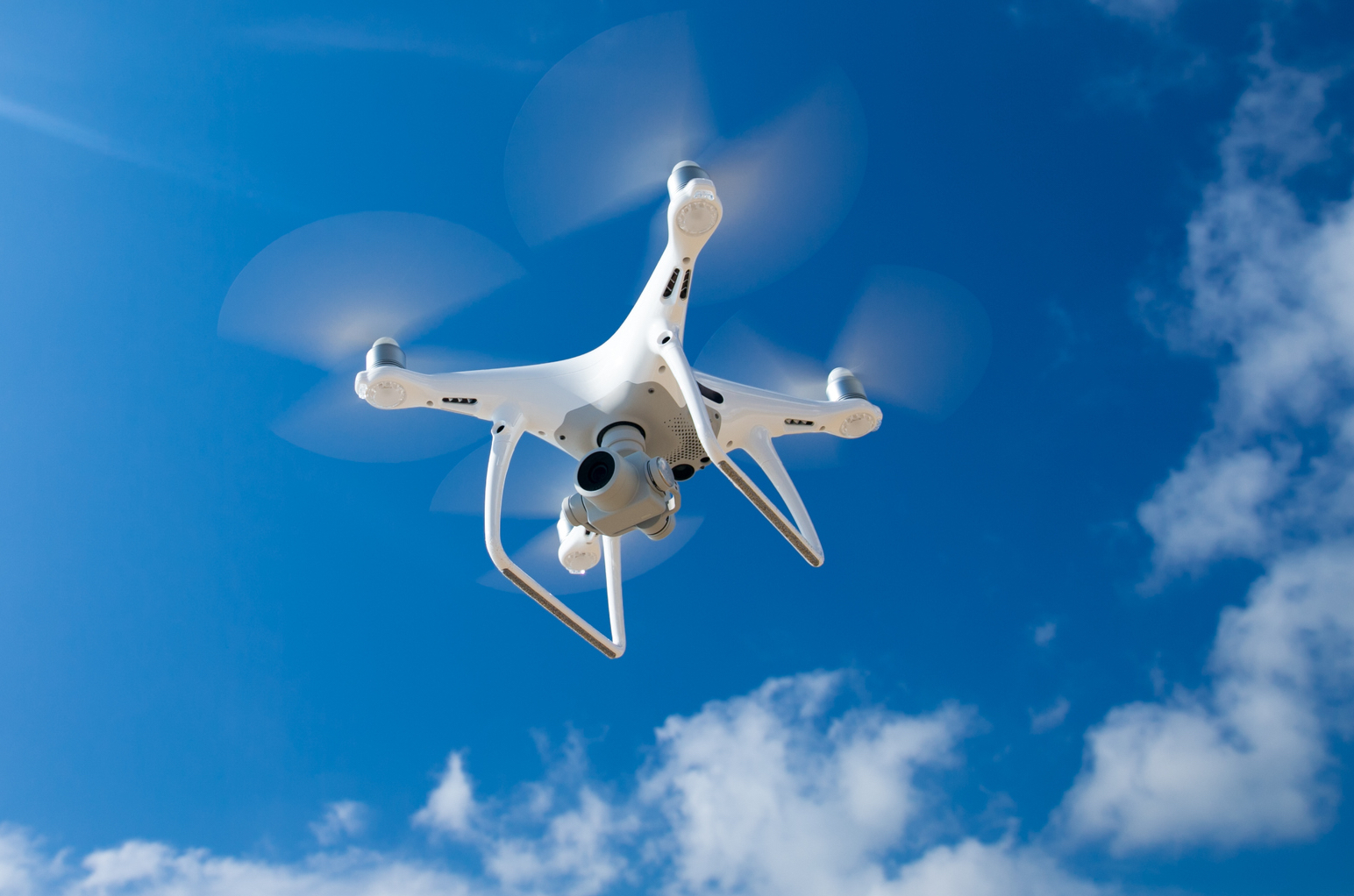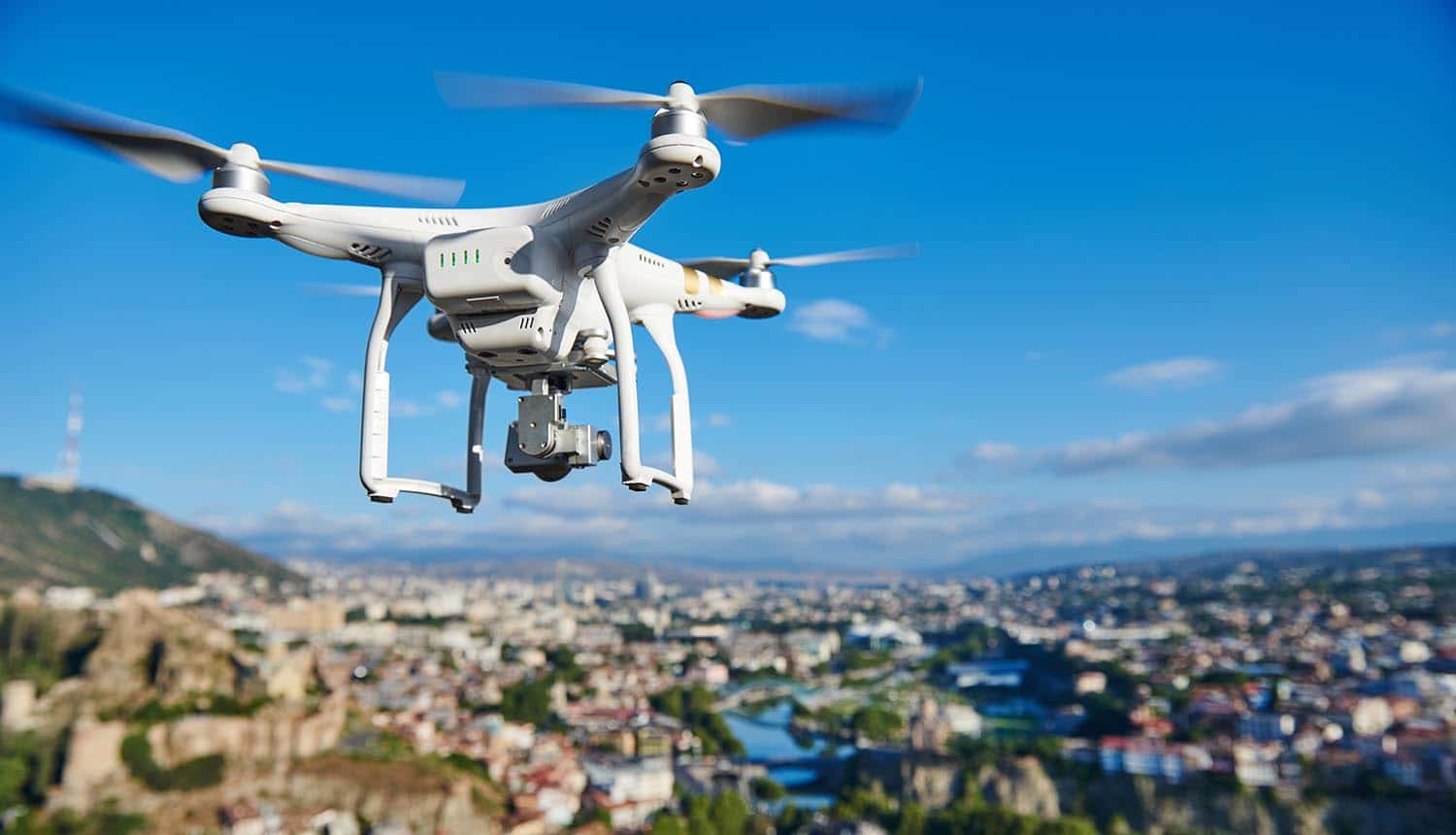Sky elements drones are revolutionizing atmospheric research and environmental monitoring. These unmanned aerial vehicles (UAVs), equipped with an array of sophisticated sensors, are providing unprecedented access to atmospheric data, enabling scientists and researchers to gather detailed information about temperature, pressure, humidity, wind speed, and other crucial elements. This enhanced data collection capability allows for more accurate weather forecasting, improved air quality monitoring, and a deeper understanding of various atmospheric phenomena.
The versatility of sky elements drones extends beyond basic data collection. Advanced imaging technologies, such as infrared and hyperspectral imaging, provide detailed visual representations of atmospheric conditions. This capability enables the creation of high-resolution maps and visualizations, offering valuable insights into pollution dispersion patterns, cloud formation, and other complex atmospheric processes. The integration of artificial intelligence and machine learning further enhances the capabilities of these drones, enabling automated data analysis and the identification of previously undetectable patterns.
Sky elements drones, with their advanced capabilities, are transforming aerial displays. For a spectacular example of this technology in action, check out the impressive visuals at the orlando drone show , showcasing the potential of coordinated drone formations. The innovations seen there directly influence the development of future sky elements drone applications, promising even more breathtaking aerial performances.
Drone Technology in Atmospheric Research

Unmanned aerial vehicles (UAVs), commonly known as drones, are revolutionizing atmospheric research, offering unprecedented access to atmospheric data collection at various altitudes and locations. Their maneuverability and cost-effectiveness compared to traditional methods, such as weather balloons and manned aircraft, are driving their widespread adoption.
Types of Drones Used for Atmospheric Data Collection
A variety of drone platforms are employed in atmospheric research, each suited to specific needs. Fixed-wing drones provide longer flight times and greater range, ideal for large-scale surveys. Multirotor drones, with their vertical takeoff and landing (VTOL) capabilities, offer greater maneuverability for detailed studies in complex terrains or close-range observations. Hybrid designs combine the strengths of both types. The choice depends on the specific research objective, geographical constraints, and the required payload capacity.
Drone-Based Atmospheric Sensor Measurements
Drones carry a suite of sensors to measure various atmospheric parameters. Temperature sensors, often thermocouples or thermistors, provide accurate temperature profiles. Barometric pressure sensors measure atmospheric pressure, crucial for altitude determination and weather modeling. Humidity sensors, like capacitive or resistive sensors, quantify water vapor content. Anemometers, or ultrasonic wind sensors, measure wind speed and direction.
Additional sensors may include GPS for precise location data and instruments for measuring radiation, gas concentrations, or aerosol particles.
Advantages and Limitations of Drone-Based Atmospheric Research
Drone-based atmospheric research offers several advantages. They provide high spatial and temporal resolution data, allowing for detailed studies of localized atmospheric phenomena. They are relatively inexpensive to operate compared to traditional methods. They can access difficult-to-reach areas, such as mountainous regions or dense forests. However, limitations exist.
Flight time is restricted by battery life, and weather conditions can impact operations. Regulatory restrictions and airspace limitations need careful consideration. Data processing and analysis can be complex, requiring specialized software and expertise.
Examples of Successful Drone Missions in Atmospheric Research
Successful drone missions have contributed significantly to our understanding of various atmospheric phenomena. For instance, drones have been used to study the formation and evolution of clouds, providing detailed microphysical measurements. They have been deployed to monitor volcanic plumes, measuring gas concentrations and tracking plume dispersion. In urban environments, drones have mapped temperature variations and pollutant concentrations, contributing to urban planning and air quality management.
Sky Element Imaging and Mapping with Drones
Drones equipped with advanced imaging technologies are transforming our ability to map and visualize sky elements. The combination of aerial perspective and diverse sensor capabilities allows for comprehensive data acquisition and detailed analysis.
Drone Imaging Technologies for Sky Element Data Capture
Visible light cameras provide standard imagery, useful for visual assessment of cloud cover and atmospheric conditions. Infrared (IR) cameras detect thermal radiation, revealing temperature variations within clouds and the surface. Hyperspectral imaging captures a continuous spectrum of light, allowing for the identification of specific atmospheric constituents and pollutants. LiDAR (Light Detection and Ranging) systems measure distances using laser pulses, creating 3D maps of atmospheric structures.
Creating Maps and Visualizations from Drone Data
The process involves several steps. First, drone-captured data is processed and georeferenced using GPS data. Then, image processing techniques, such as orthorectification and atmospheric correction, are applied to improve image quality and accuracy. Specialized software packages are used to create maps and visualizations, representing various sky elements through color-coded layers or 3D models. Data analysis techniques, such as interpolation and statistical modeling, provide quantitative insights into the spatial distribution and temporal changes of atmospheric parameters.
Comparison of Drone-Based Imaging with Other Remote Sensing Techniques
Drone-based imaging offers high spatial resolution compared to satellite imagery, providing more detailed information about localized atmospheric phenomena. However, the coverage area is limited compared to satellite or aircraft-based systems. The cost-effectiveness of drone operations makes them attractive for smaller-scale studies, while satellite and aircraft-based systems are better suited for large-scale monitoring.
Comparison of Drone-Based Sensors for Sky Element Mapping
| Sensor Type | Measured Parameter | Resolution/Accuracy | Advantages |
|---|---|---|---|
| Visible Light Camera | Cloud cover, atmospheric visibility | High spatial resolution | Cost-effective, readily available |
| Infrared (IR) Camera | Temperature | Moderate spatial resolution | Detects thermal variations |
| Hyperspectral Camera | Gas concentrations, pollutants | High spectral resolution | Identifies specific atmospheric constituents |
| LiDAR | 3D structure of clouds and aerosols | High spatial resolution | Creates 3D maps of atmospheric structures |
Applications of Sky Elements Drones in Meteorology
Drones are transforming meteorological practices, enhancing weather forecasting and monitoring capabilities. Their ability to collect high-resolution data in previously inaccessible areas is revolutionizing our understanding of atmospheric processes.
Key Meteorological Applications of Drones
Drones are used for real-time monitoring of severe weather events like thunderstorms and tornadoes, providing crucial data on wind speed, precipitation, and atmospheric instability. They contribute to improving the accuracy of numerical weather prediction (NWP) models by providing high-resolution data, especially in areas with sparse observational networks. They are also employed for studying atmospheric boundary layer dynamics, which is crucial for understanding air pollution dispersion and weather forecasting.
Improving Weather Model Accuracy with High-Resolution Data
Drones provide detailed measurements of atmospheric parameters, which can be assimilated into NWP models to improve their accuracy. High-resolution data from drones helps resolve small-scale atmospheric features, leading to more accurate predictions of severe weather events and localized weather patterns. The integration of drone data with traditional meteorological observations enhances the overall accuracy and reliability of weather forecasts.
Case Studies Demonstrating the Impact of Drone-Based Meteorological Data
Numerous studies have demonstrated the impact of drone-based meteorological data. For example, drones deployed during Hurricane Harvey provided crucial data on wind speed and rainfall intensity, which improved the accuracy of storm surge predictions. In other instances, drones have been used to study the formation and evolution of tornadoes, providing valuable insights into their dynamics. These case studies highlight the significant contribution of drone technology to our understanding and prediction of severe weather events.
Hypothetical Drone Deployment Strategy for Monitoring a Severe Weather Event
A hypothetical deployment strategy for monitoring a hurricane could involve a coordinated network of drones equipped with various sensors. Fixed-wing drones could provide large-scale coverage of the storm, while multirotor drones could focus on detailed observations of specific features, such as the eyewall or intense rainfall bands. Data collected by the drones would be transmitted in real-time to a central processing unit for analysis and integration into weather models.
This coordinated approach would provide a comprehensive understanding of the storm’s structure and intensity, improving forecast accuracy and supporting emergency response efforts.
Environmental Monitoring with Sky Elements Drones
The application of drones in environmental monitoring is expanding rapidly, offering cost-effective and efficient solutions for assessing air quality, pollution dispersion, and other environmental concerns. Their ability to access remote and hazardous areas makes them invaluable tools for environmental scientists.
Drone-Based Air Quality and Pollution Monitoring, Sky elements drones
Drones equipped with sensors capable of measuring various pollutants, such as particulate matter (PM2.5 and PM10), ozone (O3), nitrogen dioxide (NO2), and sulfur dioxide (SO2), provide real-time data on air quality. This data can be used to identify pollution hotspots, track pollutant plumes, and assess the effectiveness of pollution control measures. Furthermore, drones can measure greenhouse gas concentrations, contributing to climate change research.
Studying Pollutant Dispersion and Environmental Impact
By tracking the movement and dispersion of pollutants, drones help researchers understand the environmental impact of various sources. They can map pollution plumes from industrial facilities, vehicles, or wildfires, revealing patterns of dispersion and the areas most affected by pollution. This information is crucial for developing effective pollution control strategies and assessing the risks to human health and the environment.
Drone Data Contribution to Environmental Impact Assessments

Drone-collected data is increasingly used in environmental impact assessments (EIAs). For instance, drones can map the extent of deforestation, monitor the health of vegetation, and assess the impact of industrial activities on air and water quality. This data provides crucial information for decision-making processes related to environmental protection and sustainable development.
Potential Environmental Applications of Sky Elements Drones

- Monitoring of agricultural lands: Assessing crop health, detecting disease outbreaks, and optimizing irrigation.
- Wildlife monitoring: Tracking animal populations, assessing habitat quality, and detecting poaching activities.
- Coastal zone monitoring: Mapping erosion, monitoring algal blooms, and assessing the impact of coastal development.
- Glacier monitoring: Measuring ice melt rates, assessing glacier stability, and studying the impact of climate change.
Safety and Regulatory Aspects of Sky Elements Drones
The safe and responsible operation of drones is paramount, requiring adherence to strict safety regulations and guidelines. Integrating drone operations into existing airspace management systems presents significant challenges, necessitating careful planning and risk mitigation strategies.
Safety Regulations and Guidelines for Drone Operations
Regulations governing drone operations vary by country and region, but generally involve registration requirements, pilot certification, operational limitations (altitude, distance, airspace restrictions), and safety protocols. These regulations aim to prevent accidents and ensure the safety of manned aircraft and people on the ground. Adherence to these regulations is crucial for the safe and legal operation of drones.
Challenges of Integrating Drone Operations into Air Traffic Management Systems
Integrating drone operations into existing air traffic management systems presents several challenges. These include the need for robust communication systems to track drone movements, conflict detection and resolution mechanisms to prevent collisions, and procedures for managing drone traffic in busy airspace. Technological advancements and collaborative efforts are essential to overcome these challenges and ensure safe coexistence between drones and manned aircraft.
Safety Protocols and Risk Mitigation Strategies
Safety protocols vary depending on the type of drone operation and the level of risk involved. For atmospheric data collection, protocols might include pre-flight checks, weather monitoring, emergency procedures, and redundancy systems. Risk mitigation strategies could include using multiple drones for redundancy, selecting appropriate flight paths to avoid obstacles, and implementing robust communication systems. Detailed risk assessments should be conducted before each mission to identify and mitigate potential hazards.
Hypothetical Risk Assessment for a Drone Mission
A hypothetical risk assessment for a drone mission involving atmospheric data collection near a volcano would consider risks such as volcanic ash ingestion by the drone’s propellers, strong winds impacting stability, and potential communication disruptions. Mitigation strategies could include using drones with robust engines and protective coatings, selecting calm weather windows for flights, and deploying redundant communication systems. A detailed flight plan, including contingency procedures, would be crucial to ensure mission success and safety.
Future Trends in Sky Elements Drones
Rapid advancements in technology are poised to significantly enhance the capabilities of sky elements drones, expanding their applications in atmospheric research and environmental monitoring. Integration of artificial intelligence and machine learning will further optimize data acquisition and analysis.
Emerging Technologies Enhancing Drone Capabilities

Artificial intelligence (AI) and machine learning (ML) are transforming drone operations. AI-powered autonomous navigation systems enable drones to operate independently in complex environments, while ML algorithms optimize flight paths and data processing. Improved battery technology is extending flight times, allowing for longer missions and wider coverage areas. Miniaturization of sensors is enabling the development of smaller, more lightweight drones, expanding accessibility to various environments.
Advancements in Drone Sensor Technology
Ongoing advancements in sensor technology are improving the accuracy, resolution, and range of data collected by drones. The development of more sensitive and precise sensors for measuring atmospheric parameters will enhance the quality of data used for research and monitoring purposes. Integration of multiple sensors on a single drone will allow for simultaneous measurement of various parameters, providing a more comprehensive understanding of atmospheric processes.
Sky elements drones, with their advanced navigation systems, offer exciting possibilities for aerial surveillance and data collection. Interestingly, the precision required for such operations reminds one of the logistical marvel behind tracking Santa’s journey, which you can follow by contacting the norad santa tracker phone number. This level of real-time tracking is also becoming increasingly relevant for managing and monitoring drone fleets in complex airspace.
Future Role of Drones in Atmospheric Research and Environmental Monitoring
Drones are expected to play an increasingly important role in atmospheric research and environmental monitoring. Their ability to collect high-resolution data in a cost-effective manner will enable scientists to study atmospheric processes with unprecedented detail. They will be crucial for monitoring climate change, predicting severe weather events, and assessing the impact of human activities on the environment. The integration of drones into broader monitoring networks will provide a more comprehensive understanding of the Earth’s atmosphere and its interaction with the environment.
Potential Future Applications of Sky Elements Drones
- Real-time monitoring of wildfires and their impact on air quality.
- Autonomous detection and tracking of atmospheric rivers.
- High-resolution mapping of atmospheric pollutants in urban canyons.
- Precision agriculture applications, such as optimizing fertilizer application based on real-time soil and atmospheric conditions.
The deployment of sky elements drones marks a significant advancement in atmospheric science and environmental monitoring. Their ability to collect high-resolution data in previously inaccessible areas is transforming our understanding of the atmosphere and its complex interactions with the environment. As technology continues to evolve, the potential applications of sky elements drones are only set to expand, paving the way for more accurate weather predictions, effective pollution control strategies, and a more comprehensive understanding of our planet’s atmosphere.
The increasing sophistication of sky elements drones, particularly in their navigation and payload capabilities, raises significant concerns about potential misuse. The recent incident involving a drone attack, as detailed in this report on the kazan drone attack , highlights the urgent need for robust counter-drone technologies. Further research into both the defensive and offensive applications of sky elements drones is crucial for national security and civilian safety.
General Inquiries
What are the cost implications of using sky elements drones for research?
The cost varies greatly depending on the drone’s specifications, sensor payload, and operational requirements. Initial investment can be substantial, but operational costs are generally lower than traditional methods for similar data acquisition.
What are the limitations regarding flight time and range for these drones?
Flight time and range are limited by battery technology. Larger drones with more powerful batteries offer longer flight times and greater range, but come with increased cost and logistical challenges.
How are data privacy concerns addressed when using drones for atmospheric monitoring?
Data privacy is a critical concern. Operators must adhere to strict regulations regarding data collection and storage, ensuring compliance with all relevant privacy laws and guidelines. Anonymization techniques may be employed where necessary.